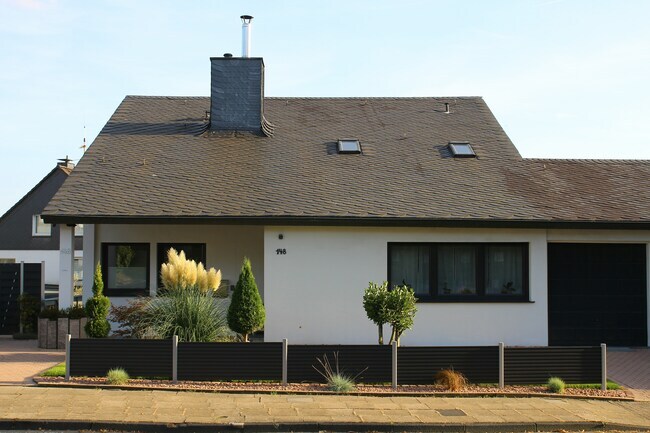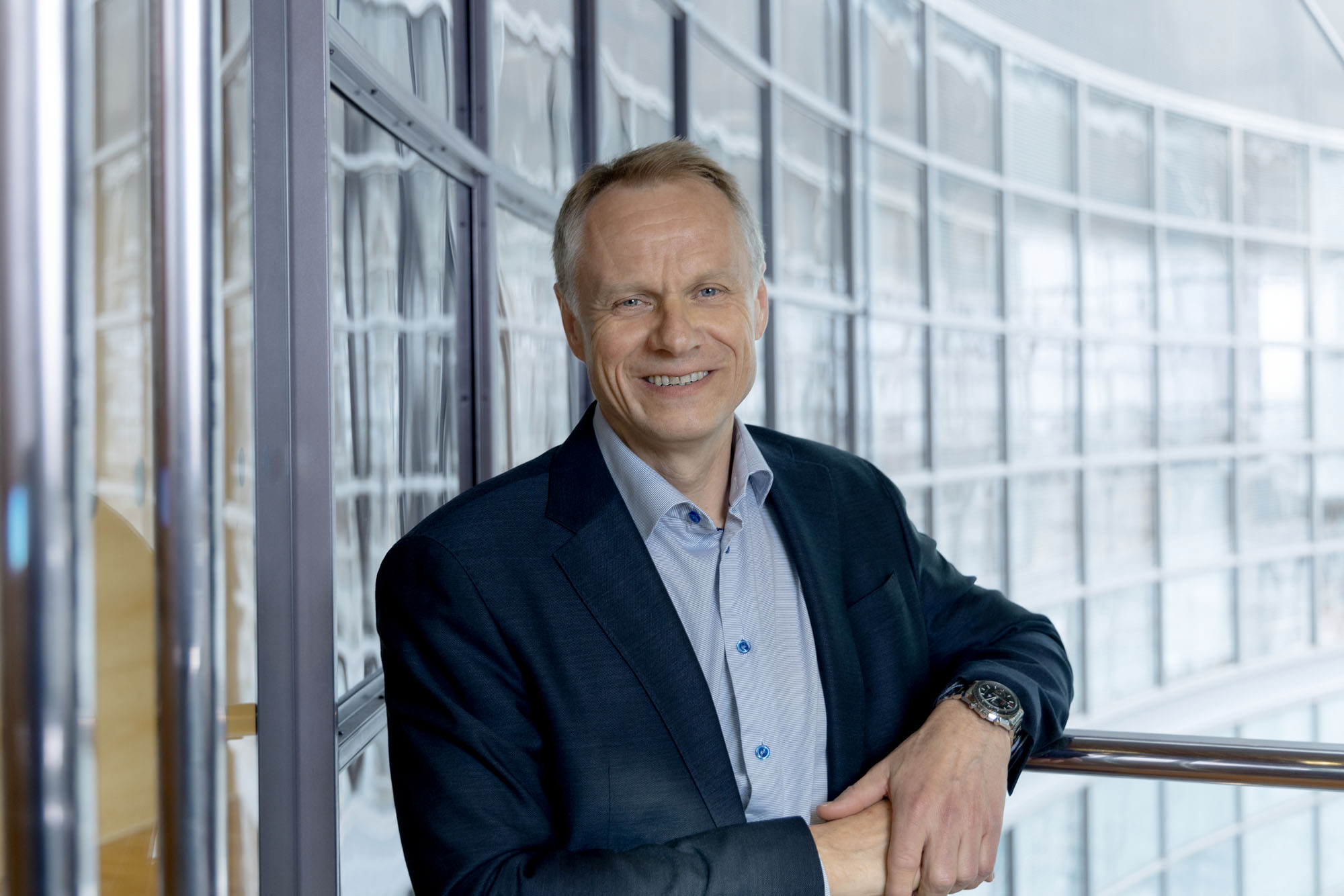Statkraft will focus on expanding its core business and optimizing its portfolio through selective divestments.
The refined strategy emphasizes investments in Norwegian hydropower, market operations, and the expansion of solar, wind, and battery projects in Europe and select international markets. Statkraft will also continue developing opportunities in offshore wind and hydrogen. However, it plans to divest its district heating business and seek investors for the biofuels company Silva Green Fuel and the EV charging company Mer.
“Statkraft has developed a strong position and an attractive portfolio of profitable renewable projects in recent years. The transition from fossil fuels to renewable energy is accelerating in Europe and globally. We possess strong competitive advantages and have consistently delivered significant value. However, the market conditions for the renewable energy industry have become more challenging. Therefore, we are refining our strategy to allocate capital to the most value-creating opportunities with the best strategic fit,” says President and CEO Birgitte Ringstad Vartdal of Statkraft.
Statkraft has built a significant portfolio of operational power plants with a total capacity of 21 GW, along with a flexible development portfolio of profitable projects also totaling 21 GW.
Statkraft has committed large investments for the next years, with a record-high level of more than NOK 30 billion in 2024, including the acquisition of the Spanish renewables company Enerfin, which was completed in May. In Norway, Statkraft has a record-high long-term investment program in wind and hydropower, including five major capacity upgrade projects.
Simultaneously, the entire energy market has become more challenging. Energy prices are lower, and both technology costs and capital costs have increased. Market regulations and support policies are delayed, and geopolitical uncertainty has increased.
The sharpening of the growth strategy follows Statkraft’s annual strategic review, the first with Ringstad Vartdal as President and CEO. The fundamental drivers of the energy transition continue to support Statkraft’s growth strategy. Strong growth in demand for solar and wind power, driven by low technology costs, increased need for flexibility in the power system, and greater market complexity are drivers that fit Statkraft’s position and competitive advantages well.
“Statkraft has a unique and strategic position in flexible production, experience with weather-based systems, and strong analysis and market competencies. Together with a capable and motivated organisation, this makes the company well prepared to grow, build scale and compete in a rapidly growing renewable market,” says President and CEO Birgitte Ringstad Vartdal in Statkraft.
Statkraft’s growth strategy continues to be built on four pillars: Provide clean flexibility – leveraging hydropower, grow in solar, wind, and battery storage, deliver green market solutions to customers and scale new green energy technologies.
The sharpened strategy means that Statkraft will:
- Prioritise value creation from Statkraft’s core businesses hydropower and market operations. Statkraft will be the largest hydropower company in Europe and will initiate at least five major capacity upgrade projects in Norway by 2030.Statkraft sharpens strategy for further growth
- Be a major developer of solar, onshore wind, and battery storage with an annual development rate of 2-2.5 GW from 2026 and onwards (previous target was 2.5-3 GW from 2025 and 4 GW from 2030). Statkraft will take an industrial role within offshore wind in Northern Europe – with the goal of developing 6-8 GW by 2040 (previous target was 10 GW).
- Contribute to an efficient energy market, enable industrial customers’ green transition, and be a leading provider of market solutions in Europe, with a significant global reach.
- Develop new green energy businesses, including becoming an industrial developer of green hydrogen with the goal of delivering 1-2 GW by 2035 (previous target was 2 GW by 2030).
“With a sharpened strategy, we are well equipped to deliver both good value creation for the owner and to be a strong driving force in the energy transition in Norway, Europe and the world,” says Birgitte Ringstad Vartdal.






